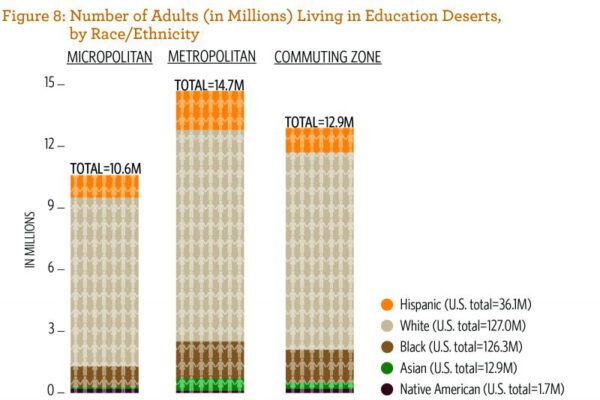Paper Finds Tuition-Free Promise Programs Reduce Income Gaps in College Choice
Title: College Promise Programs and the Effects on College Choice for Low-Income Students
Authors: Susan Dynarkski, C.J. Libassi, Katherine Michemore, Stephanie Owen
Source: National Bureau of Economic Research
A recent National Bureau of Economic Research (NBER) working paper focused on the effect of a targeted, tuition-free promise on college choices of high-achieving, low-income students in Michigan. The authors tested an intervention to increase enrollment of low-income students at the University of Michigan by contacting prospective students and encouraging application with a promise of four years of free tuition and fees upon admission.
The results were striking, with the treated students proving more than twice as likely to apply (67 percent vs. 26 percent) and enroll (27 percent vs. 12 percent) than students who did not receive targeted communications. Additionally, the gap in attending a “selective” school versus a less selective school was reduced from 12 percentage points to 4 percentage points, and the income gap in attending an institution considered “very selective” or above was eliminated.
Even for those students who would otherwise attend a less selective school, increases in application and enrollment were apparent with a 7 percentage point increase for less selective four-year colleges and a 4 percentage point increase for community colleges. The authors conclude that an encouragement to apply, paired with a promise of aid, when communicated to students and influential adults, can substantially reduce or eliminate income gaps in college choices. To learn more about the intervention, you can find the report on NBER’s web page.
—Jinann Bitar
If you have any questions or comments about this blog post, please contact us.


